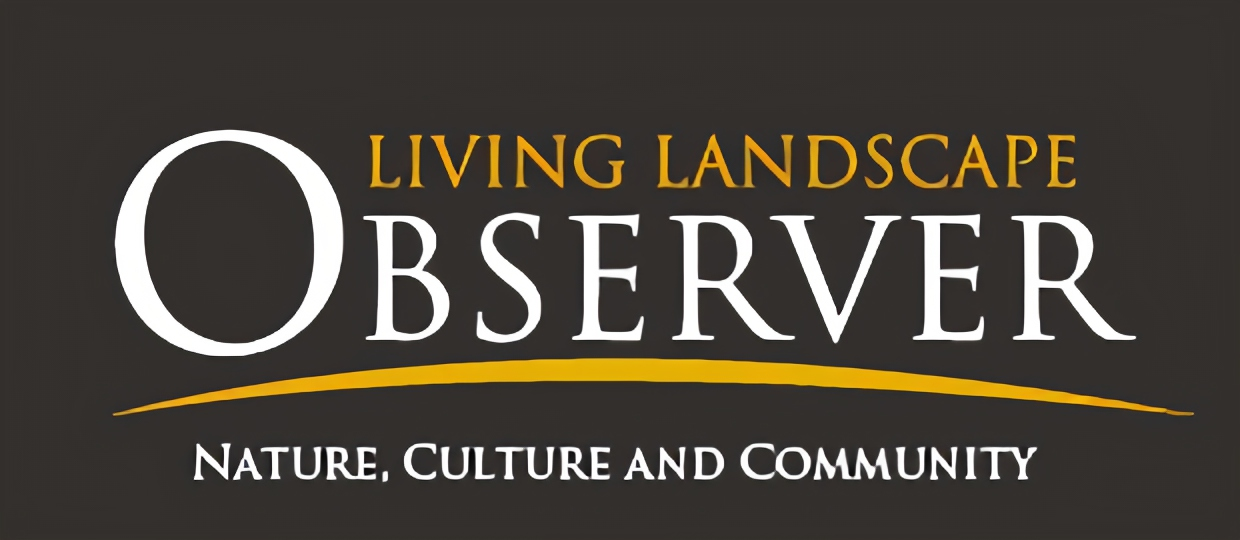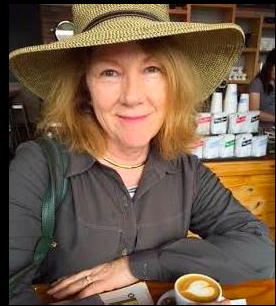To provide observations and information on the emerging fields of landscape scale conservation, heritage preservation, and sustainable community development.
Newsletter
Stay up-to-date with the latest nature, culture and community news.
We won’t spam you or share your information. Newsletters are sent approximately 10 times a year. Unsubscribe at any time.
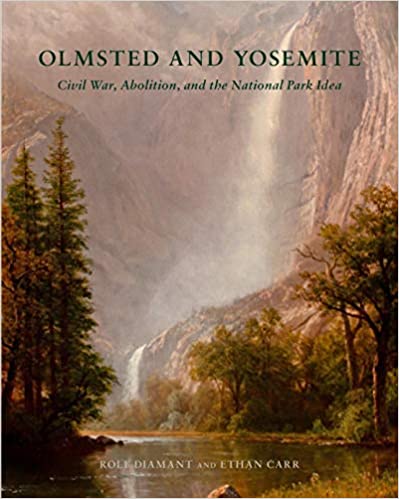
Three Landscapes: Civil War, Abolition, and Reconstruction
Right on time for the bicentennial of Fredrick Law Olmsted Sr.’s birth comes Olmsted and Yosemite: Civil War. Abolition, and the National Park Idea by Rolf
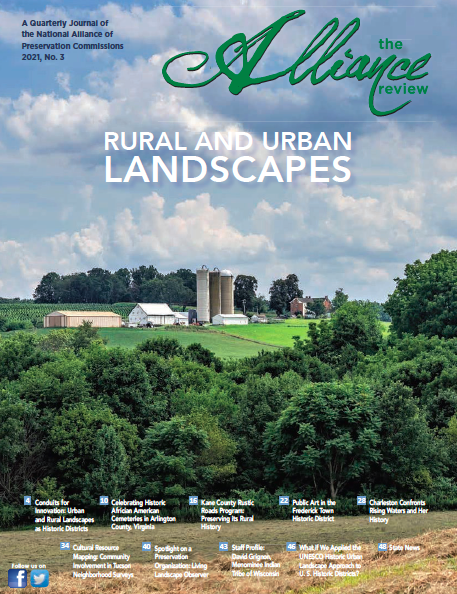
Turning a Spotlight on the Living Landscape Observer
The need for a closer partnership between conservation and historic preservation was one of the motivations for the creation of the Living Landscape Observer (LLO). The LLO reports on large landscape conservation, an approach that blends ingredients of land conservation, historic preservation, and sustainable community development.
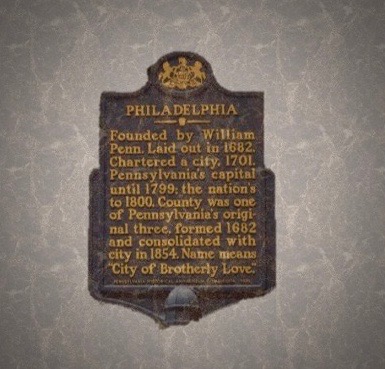
The Perils of Marking where History Happened
In Pennsylvania over 2,500 state historical markers, some dating back over one hundred years, dot the roadside. A recent system wide review of the marker’s text brought controversy, but also a thoughtful analysis of the content of those markers that attempt to interpret Indigenous and African American histories. Timely thoughts as public history agencies struggle to do the right thing.

The Opportunity of a Lifetime for Landscape Scale Conservation
This is an exceptional time when ambitions for landscape scale conservation have come together with increased federal funding and supportive national policies. However, it is not time to take a victory lap. Now is the time to rise to the challenge of matching money, projects and partners to take advantage of these exceptional opportunities. The time has come to put into action at scale all the strategies developed by the collaborative conservation approach.

Looking Back on Landscape Scale Conservation
The origin story of the landscape scale conservation movement has yet to be told. However, in the United States, there has been a long tradition of managing fish and wildlife habitat with the understanding that species preservation required the conservation of wider ecosystems. Today the movement has received reinforcement from the nonprofit sector organizations such as the Network for Landscape Conservation.

Three Landscapes: Civil War, Abolition, and Reconstruction
Right on time for the bicentennial of Fredrick Law Olmsted Sr.’s birth comes Olmsted and Yosemite: Civil War. Abolition, and the National Park Idea by Rolf

Turning a Spotlight on the Living Landscape Observer
The need for a closer partnership between conservation and historic preservation was one of the motivations for the creation of the Living Landscape Observer (LLO). The LLO reports on large landscape conservation, an approach that blends ingredients of land conservation, historic preservation, and sustainable community development.

The Perils of Marking where History Happened
In Pennsylvania over 2,500 state historical markers, some dating back over one hundred years, dot the roadside. A recent system wide review of the marker’s text brought controversy, but also a thoughtful analysis of the content of those markers that attempt to interpret Indigenous and African American histories. Timely thoughts as public history agencies struggle to do the right thing.

The Opportunity of a Lifetime for Landscape Scale Conservation
This is an exceptional time when ambitions for landscape scale conservation have come together with increased federal funding and supportive national policies. However, it is not time to take a victory lap. Now is the time to rise to the challenge of matching money, projects and partners to take advantage of these exceptional opportunities. The time has come to put into action at scale all the strategies developed by the collaborative conservation approach.

Looking Back on Landscape Scale Conservation
The origin story of the landscape scale conservation movement has yet to be told. However, in the United States, there has been a long tradition of managing fish and wildlife habitat with the understanding that species preservation required the conservation of wider ecosystems. Today the movement has received reinforcement from the nonprofit sector organizations such as the Network for Landscape Conservation.
